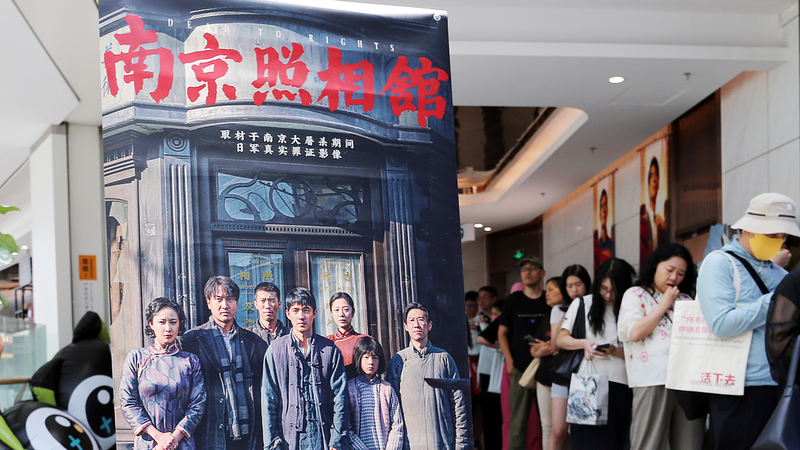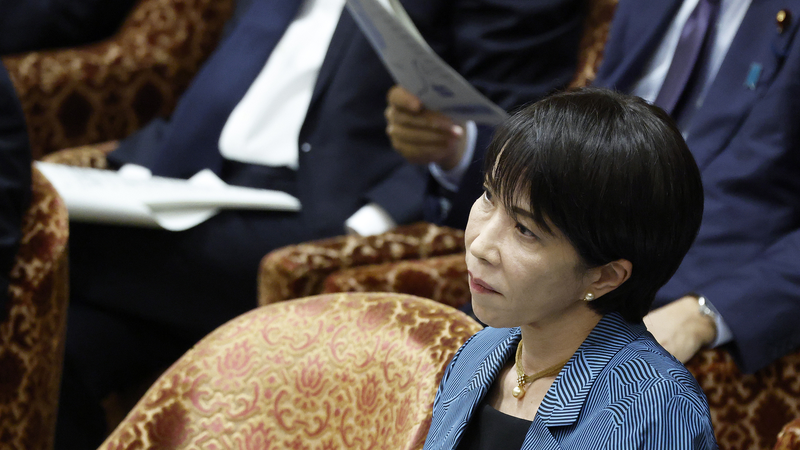This summer, the film Dead to Rights from the Chinese mainland smashed box office records, drawing in millions of young viewers. For many Gen Z audiences, it marked their first time seeing the Nanjing Massacre depicted on the big screen.
Released in a year that also marks the 80th anniversary of the victories in both the World Anti-Fascist War and the Chinese People’s War of Resistance Against Japanese Aggression, the movie arrives as a cultural flashpoint. On September 3, the Chinese mainland will host a grand military parade to honor those milestones, but it’s the quieter stories of individual resilience that Dead to Rights brings into focus.
The Nanjing Massacre, a chapter of wartime brutality, has often been overshadowed in global memory. Yet the trauma continues to shape China’s national identity and resonates with universal themes of human rights and the fight against hate. Viewers from diverse backgrounds have taken to social media to share reflections and survivor accounts, proving that history’s lessons remain vital today.
For young global citizens, entrepreneurs, thought leaders and travelers alike, remembering events like Nanjing is more than an act of remembrance—it’s a call to action. By engaging with history through film, podcasts and virtual exhibits, we can build empathy, inform policy discussions on genocide prevention and inspire future changemakers.
As the credits roll on Dead to Rights, audiences worldwide are reminded that honoring past victims is essential to shaping a more just and vigilant world today.
Reference(s):
'Dead to Rights:' Why we should not forget the Nanjing Massacre
cgtn.com



